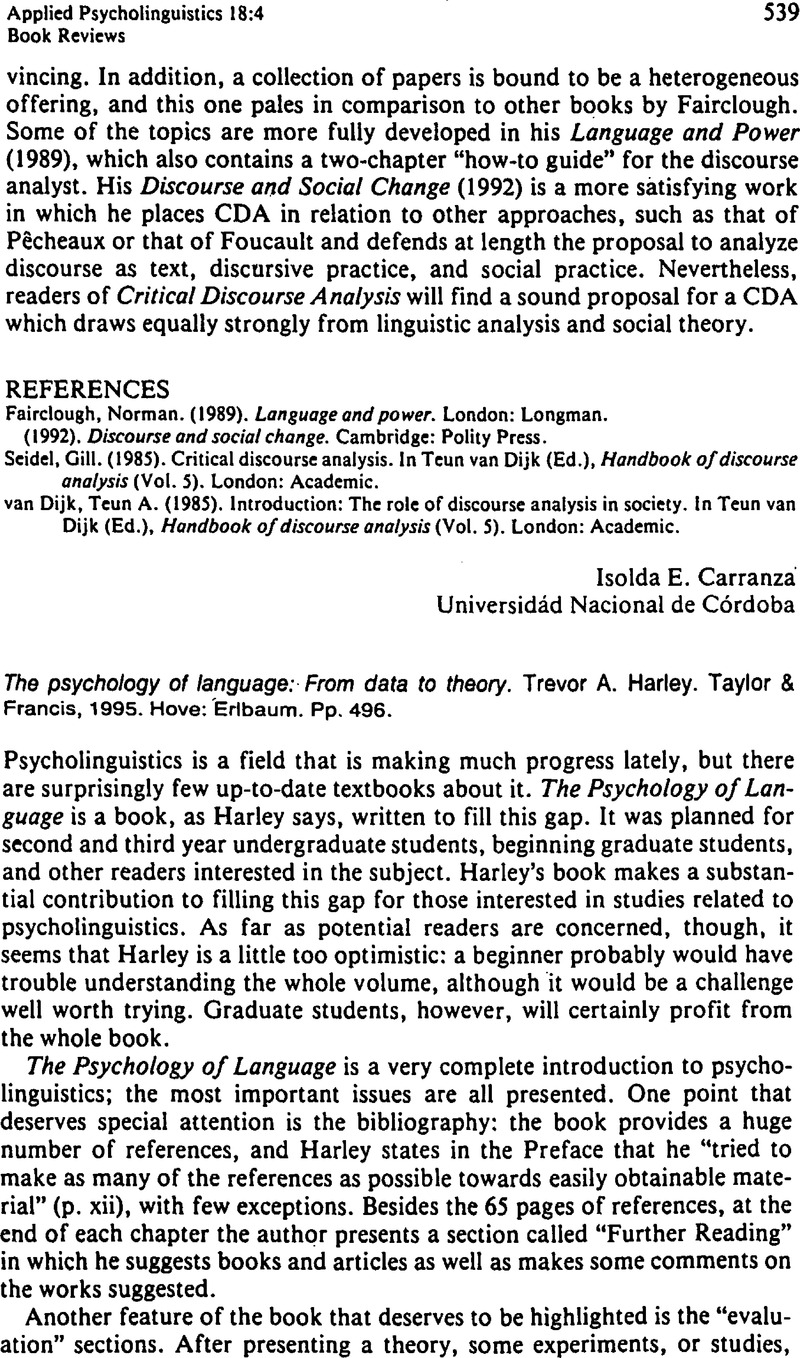Patterson, K. E., &
Morton, J. (
1985). From orthography to phonology: An attempt to an old interpretation. In
Patterson, K. E.,
Marshall, J. C., &
Coltheart, M. (Eds.),
Surface dyslexia: Neuropsychological and cognitive studies of phonological reading (pp.
335–
359).
Hove:
Erlbaum.
Google Scholar 